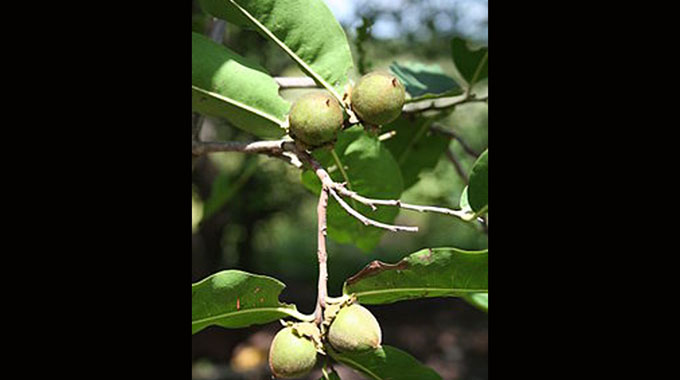National tree planting day

The first Saturday of December each year is National Tree-Planting Day.
This year, the day will fall on December 1. This day was declared in 1980 and has become an important part of Zimbabwe’s calendar on which the tree planting season is officially launched.
The purpose of this day has been to motivate the nation to plant, care for, and conserve trees, as a way ensuring sustainability in the management and utilisation of our forest resources.
This is critical for the enhancement of biodiversity and household food security. The tree planting season starts at the onset of the rains and runs until the end of the season.
This is done to take advantage of the abundant soil moisture to plant trees extensively.
Tree planting remains one of the key programmes for the country to replenish its forest resources in view of the rate of deforestation that is claiming an estimated 330 000 hectares of forests every year.
Trees are a renewable resource only when humanity replaces what it consumes and although tree planting alone can never be enough to reverse this loss in light of the growing demand for firewood and timber, it remains a primary exercise that can be complemented by other programmes that promote woodland management practices and assist in the rehabilitation of deforested areas.
With a month to go to the launch of the 2018/ 19 tree planting season, the drive towards the campaign has already started with a target of 15 million trees set.
Schools, community groups and individuals have come up with initiatives and are organising tree planting events.
This year, the tree planting campaign has a focus to continue with the establishment of fruit orchards to enhance food security and nutrition under the running theme “Fruit Trees for Food Security and Nutrition.” The theme supports the five-year National Agroforestry Programme which promotes the nationwide production and planting of fruit trees.
During the tree planting campaign, the country also recognises the “tree of the year”.
The planting and management of indigenous trees in Zimbabwe is a culture with which Forestry Commission is proud to be associated.
Each year the nation is reminded to plant and protect indigenous trees through the introduction and high profiling of one selected tree species. The concept, introduced in 2002 after the realisation that communities did not know much about and therefore were not planting indigenous trees, celebrates one indigenous tree species in order to provide information on its importance economically, socially, culturally and environmentally, thereby promoting its widespread propagation.
While we value exotic trees for their various economic uses, indigenous tree species remain important for their economic value and how they define a country and a culture and support greater biological diversity.
The tree of the year for 2018 is;
English: Jackal-berry, swamp ebony, or African ebony
Botanical: Diospyros mespiliformis.
Shona: Musuma, Mushuma.
Ndebele: Umdlawuzo
Shangaan: Ntoma/Mgula
Ndau: Mushumha
Venda: Musuma
Tree planting is everyone’s responsibility








Comments